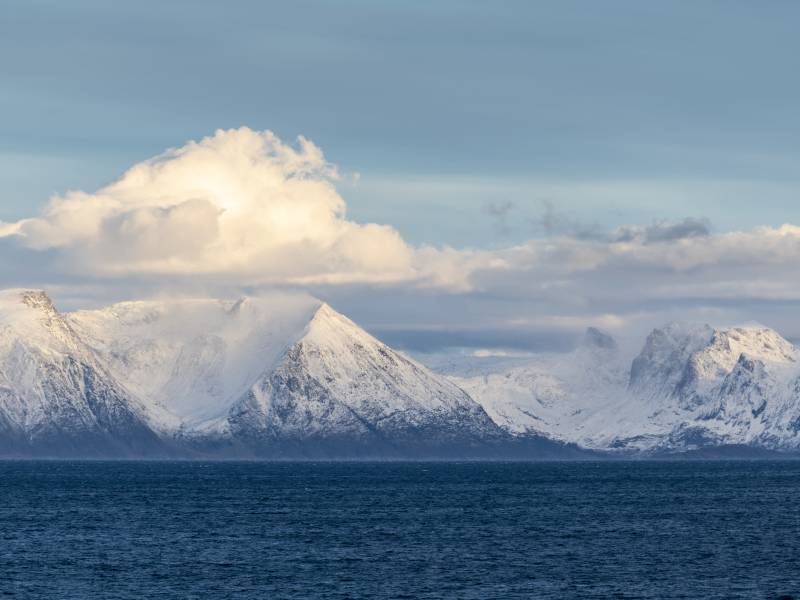
Seiland
Provided by:
Visit Hammerfest

Welcome to the island of Seiland, the seventh largest island in Norway! People have been living here amongst the powerful nature for over 7000 years. Here you can find two of Europe’s most northerly glaciers spread out over the mountains which plunge into the sea, and small sheltered coves and bays give shelter from the harsh Finnmark climate. The government refers to this place as the ‘tenderloin’ of Norwegian nature and over 50% of the island is designated as one of the 47 national parks in Norway. The island is divided into a northside and southside, the north has a boat connection to Hammerfest and the south to Alta. Today the island has just over 100 permanent residents, most of whom are of Sami origin. In addition to the Sami culture, the island also contains a lot of other exciting history, especially from the Second World War. Today there are numerous adventures to be had for both history and outdoor enthusiasts, whether you decide to explore on your own or join one of the many organised tours. You can take a discovery trip to the shore, fish in both fresh and salt water, go on safari or visit a farm. You can go on short or long hikes, stay overnight in a tent or a cabin in the low or high mountains, fish in the sea or fishing lakes, visit the bird cliffs, and enjoy the fantastic nature in all types of weather. God Tur! Check out the link below for more information:
Points of interest
#1
Seiland
You have now arrived at Seiland National Park which was created in 2006. The National Park covers just over half of the islands in Seiland, and you won’t find any open cabins or marked paths here. The terrain can be challenging, and hikes require good planning, only experienced hikers should set out on trips here. But in return, they will be rewarded with a very special place which will leave them with memories for life. There are also two glaciers on the island, Seilandsjøkelen and Nordmannsjøkelen. They are Scandinavia’s most northerly glaciers as well as being the most low-lying. Active reindeer herding takes place in the national park and helps to preserve the Sea Sami history and culture of the island. The Seiland National Park is one of the most unspoilt national parks, having been impacted little by human activity it is subsequently home to a wide range of flora and fauna. A national park is the perfect place to enjoy Norwegian nature and history at its very best, relax your shoulders and just enjoy yourself!
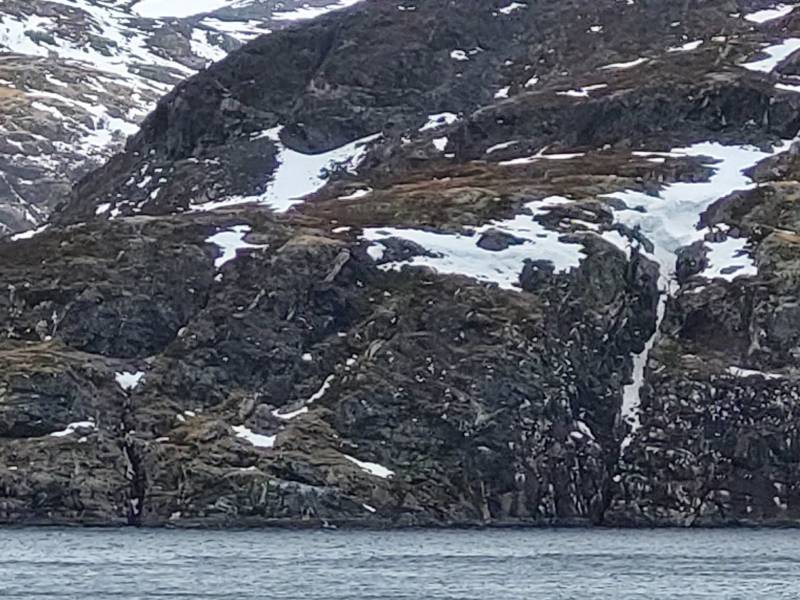
#2
Eidsvaagen
On the opposite side of the fjord, you can see the Eidvågen Nature Reserve. The 352-metre high Skarve mountain runs steeply down into the sea and is home to many black legged kittiwake colonies. The black legged kittiwake is a medium-sized seagull, which is best recognised by its black wing tips and legs. It is the most common gull species in the world and breeds along much of the west coast of Norway. However, the numbers and distribution have declined dramatically since the 1980s and today they are considered threatened and are on the “Norwegian list of endangered species”. Can you hear the loud nasal screams? That is the sound of the kittiwake. Seiland has a rich and diverse bird life. The island has many deserted and steep mountain areas with numerous cliffs facing the sea, which are home to many different species of birds of prey. You can find sea eagles nesting next to golden eagles, falcons, and buzzards. And along the less steep sections of the coast, you can find colonies of seagulls and terns, as well as waders, grey geese, eider, and black guillemots. There are also wetland birds breeding in the water and waterways on the island, including a number of black throated loons and red throated loons. Seiland is therefore a great place for both ornithologists and other bird watchers.
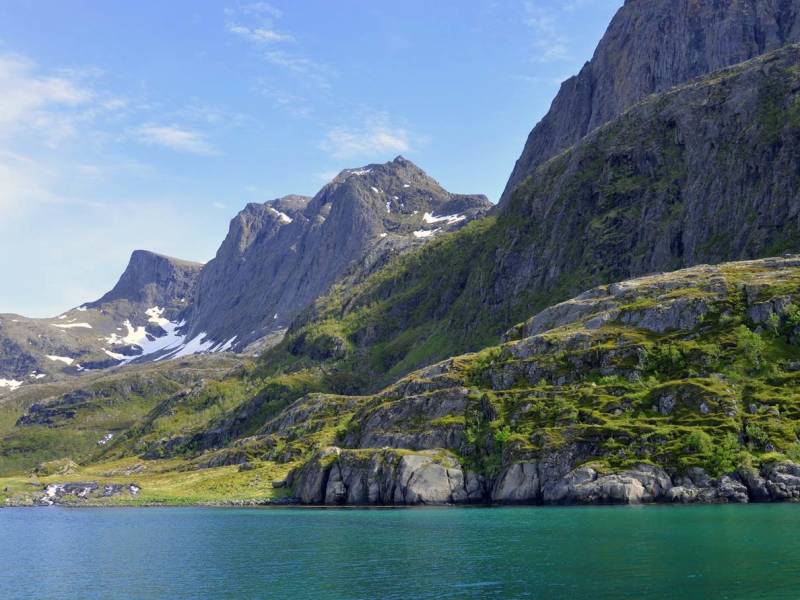
#3
The cave in Jofjord
«Empty your house and run to the mountains, before the Nazis come and burn your houses down” this was the warning that was received in the November of 1944, just days before the residents here in Hønseby were forcibly evacuated and their houses burnt down. The Second World War was a very dramatic time here in Finnmark, and there was no exception out here on the islands in Seiland. Right where we are standing now, you can follow the footsteps of a family of 9 who refused to be forcibly evacuated. They escaped in a dramatic fashion up the mountain and hid themselves in a cave towards Jøfjord. The youngest child was only 6 years old. From there they witnessed the smoke pouring from all the houses that were burning on the island, as well as the boats full of soldiers and evacuees sailing out on the fjord. They lived in the cave in constant fear of being discovered. If you follow the link, you can read more about the local history and find out about the organised tour that you can take to Gammelvær, where you will find the only building that was still standing after the war, and further on to Jøfjord where you can find the cave. You will hear many dramatic accounts of the family that defied the German’s order to evacuate, the skirmish that took place and the burning down of their home.
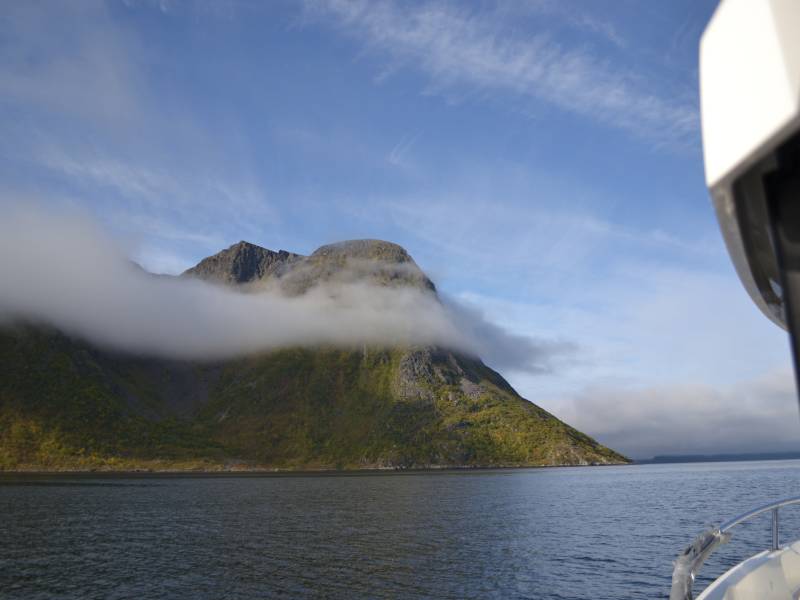
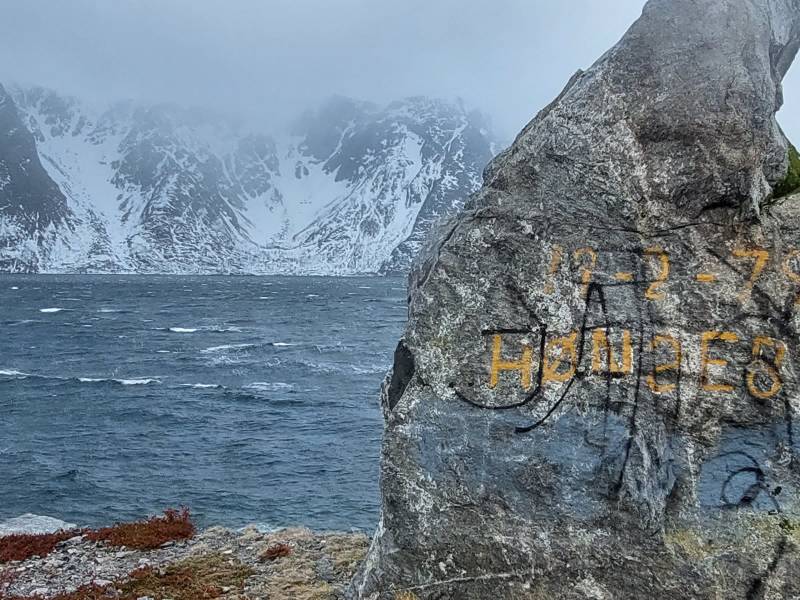
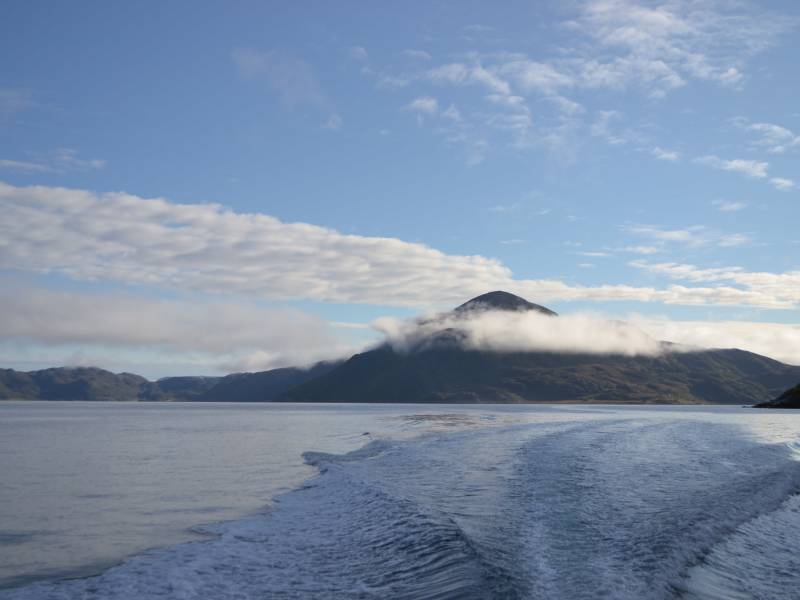


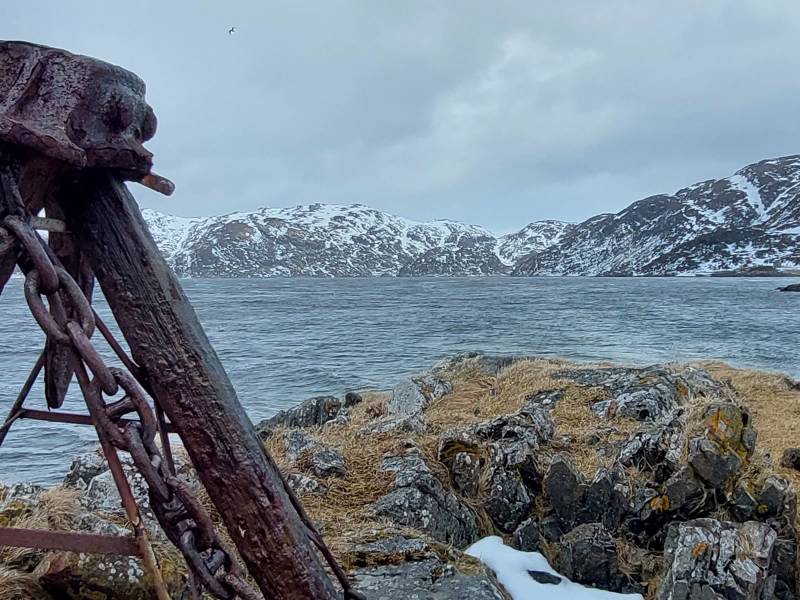
#4
Seiland introduction
Welcome to the island of Seiland, the seventh largest island in Norway! People have been living here amongst the powerful nature for over 7000 years. Here you can find two of Europe’s most northerly glaciers spread out over the mountains which plunge into the sea, and small sheltered coves and bays give shelter from the harsh Finnmark climate. The government refers to this place as the ‘tenderloin’ of Norwegian nature and over 50% of the island is designated as one of the 47 national parks in Norway. The island is divided into a northside and southside, the north has a boat connection to Hammerfest and the south to Alta. Today the island has just over 100 permanent residents, most of whom are of Sami origin. In addition to the Sami culture, the island also contains a lot of other exciting history, especially from the Second World War. Today there are numerous adventures to be had for both history and outdoor enthusiasts, whether you decide to explore on your own or join one of the many organised tours. You can take a discovery trip to the shore, fish in both fresh and salt water, go on safari or visit a farm. You can go on short or long hikes, stay overnight in a tent or a cabin in the low or high mountains, fish in the sea or fishing lakes, visit the bird cliffs, and enjoy the fantastic nature in all types of weather. God Tur! Check out the link below for more information: